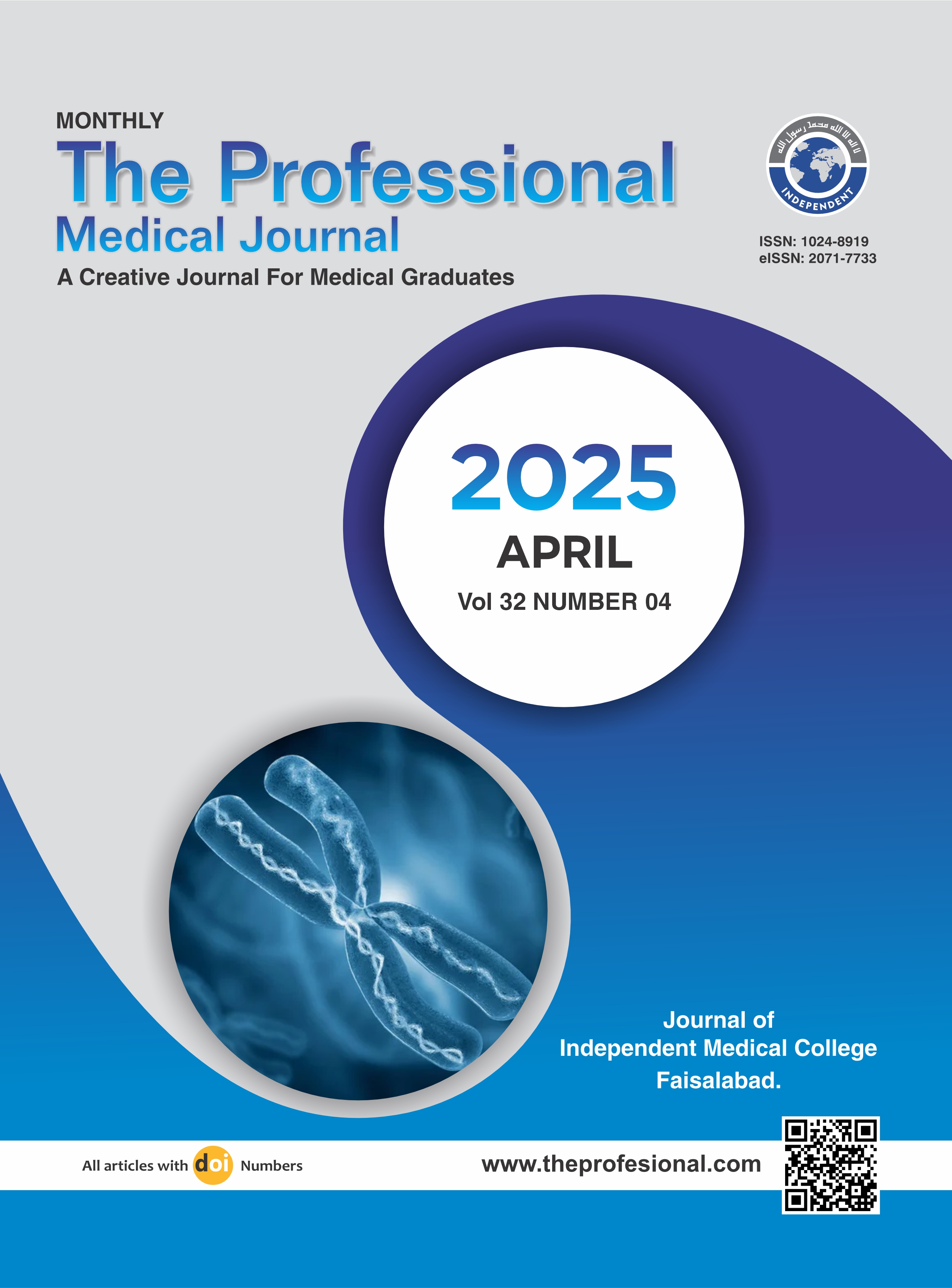Antimicrobial resistance in febrile neutropenia. Are we left with some options?
DOI:
https://doi.org/10.29309/TPMJ/2025.32.04.8361Keywords:
E.coli, Febrile Neutropenia, Klebsiella Pneumoniae, PseudomonasAbstract
Objective: To assess the pathogenic organisms, antibiotic sensitivity and resistance patterns in patients with FN having hematological malignancies. Study Design: Prospective Cross-sectional study. Setting: National Institute of Blood Diseases and Bone Marrow Transplantation. Period: February 2023 to July 2024. Methods: Samples from 650 febrile neutropenia patients of either gender were collected adopting non-probability consecutive sampling technique. As per Clinical and Laboratory Standards Institute (CLSI) recommendations the organisms were isolated and identified by routine biochemical tests. The antibiotic sensitivity profile was determined by Kirby Bauer method. Results: Microbiologically confirmed infectious events were recorded in 311 cultures. The majority (232; 74.6%) of the patients had infections due to Gram negative bacteria (GNB). The most prevalent GNB was Escherichia coli (37.5%) followed by Klebsiella pneumonia (15.5%). Overall 16 (5.1%) bacterial isolates were XDR and 15(4.8%) were MDR. Most MDR and XDR strains were GNB and E. coli appeared as the most resistant in blood and urine cultures. Furthermore, E. coli were highly resistant to Fosfomycin (87.5%) and Amox-Clav (79.5%) whereas good sensitivity to colistin (79.5%), and amikacin (61.36%) was observed. Pan resistance was exhibited by 2 hypervirulent isolates of K. pneumoniae. In blood cultures, high resistance to methicillin (56.6%) was observed with S. epidermidis making it a clinically significant pathogen. Conclusion: Most bacterial isolates were resistant to penicillin, cephalosporins and quinolones used as part of empirical treatment of febrile neutropenia. Prudent use of antibiotics may be the best preventive strategy to the spread and emergence of antibiotic resistant GNBs.
Downloads
Published
Issue
Section
License
Copyright (c) 2025 The Professional Medical Journal

This work is licensed under a Creative Commons Attribution-NonCommercial 4.0 International License.


